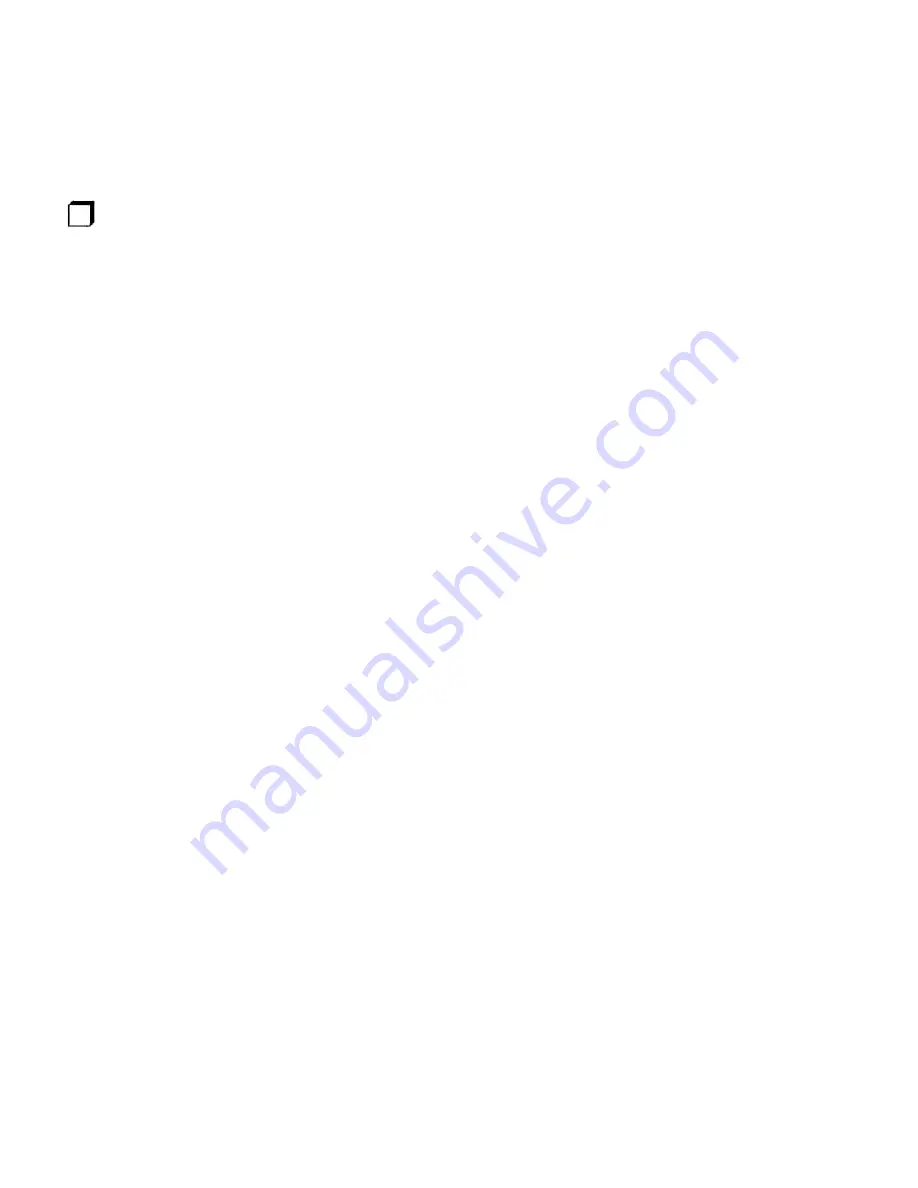
and trim away enough of the excess on each side of the slit to allow you to push the landing gear wire up inside the flute.
At the gear exit point on each end, there should be two flutes forward of the flute selected for the gear and three flutes aft
of the gear flute. It shouldn't be necessary to trim the slit if you slit near one wall instead of in the center of the flute. Fit the
landing gear wire up into the flute as you bend it around the wire. Once in place, using contact cement, glue the 2-mil
landing gear strut to the bottom side of the 6-mil strut, "capturing" the landing gear wire in its flute. Be sure to get a thorough
coat of contact cement on both surfaces all the way out to the edges. Now you can install wheels and wheel collars on the
landing gear.
3.32 Mount the landing gear to the wing bottom. The gear is simply installed on the wing bottom by using nylon bolts
as "positioning pins" and allowing the wing hold-down rubber bands to hold the gear in place as well. While this makes a
very secure mounting for your gear, in the event of a bad landing, the gear will strip loose, and do no damage as the plane
"bellies" in. First drill bolt holes in the landing gear. Mark a centerline on the bottom of the gear. Using a 1/4" drill bit, drill
four holes in the gear, each 1" from the center of the gear. Two of the holes should be forward of the 5/32" wire inside the
gear, and two about 1/2" forward of the rear of the gear.
If you are building a tail dragger, position the gear on the bottom wing wrap, centered, with the front of the gear about 1"
from the leading edge of the wing. Using the 1/4" holes as a guide, select a 7/32" bit (two drill bits smaller than 1/4") and
drill into the wing bottom, through the 6-mil reinforcement pieces, being careful not to drill through the top of the wing. A
good way to avoid drilling all the way through the wing is to wrap some masking tape around your bit 3/4" from the tip.
When the masking tape reaches the wing wrap, stop drilling!
If you are building a nose-gear aircraft, position the front of the gear 1/2" aft of the spar location and drill as above.
To attach the gear, use the four 1/4" nylon bolts supplied, and screw them through the gear and into the wing, up into the
6-mil reinforcement piece. When the wing is installed on the plane, the rubber bands will retain the gear. The bolts serve
as positioning pins.
NOSE-OVER TENDENCIES IN HIGH GRASS
If you will be flying your Colt off of grass strips in the tail-dragger configuration, there may be a tendency for the plane to
nose-over on landings and take-offs, especially if the grass is high. First try larger wheels (3" or bigger) and apply up
elevator during the first part of the take-off roll to allow prop-wash to assist in keeping your nose down. If that fails, you may
have to mount your gear on the fuselage, forward of the wing. If this is the case, purchase a 3/16" piece of plywood and
cut it to fit the inside bottom of your fuselage, just forward of the wing, and glue it in place. It should be as wide as the inside
of the fuselage and about 3" long. Using the gear as a template, drill through the bottom of the fuselage and insert 1/4"
blind nuts on the top side of the plywood. Mount the gear with the nylon bolts supplied. When flying on paved surfaces or
well groomed grass, revert to the standard Colt gear mounting for better ground handling.
WHEEL PANTS
You will notice wheel pants on most photos of the Colt. The Colt is a plane that just deserves a good set of pants. However,
to be real honest, wheel pants have what we call a high "struggle to fun ratio." That is to say, they are indeed beautiful, but
are tedious to build and maintain. Unless you are very accomplished at landings, we would suggest waiting on wheel pants
until the probability of damage to them is reduced.
Tomorrow night we will assemble the PC and get your airplane ready for some flying!
19










































